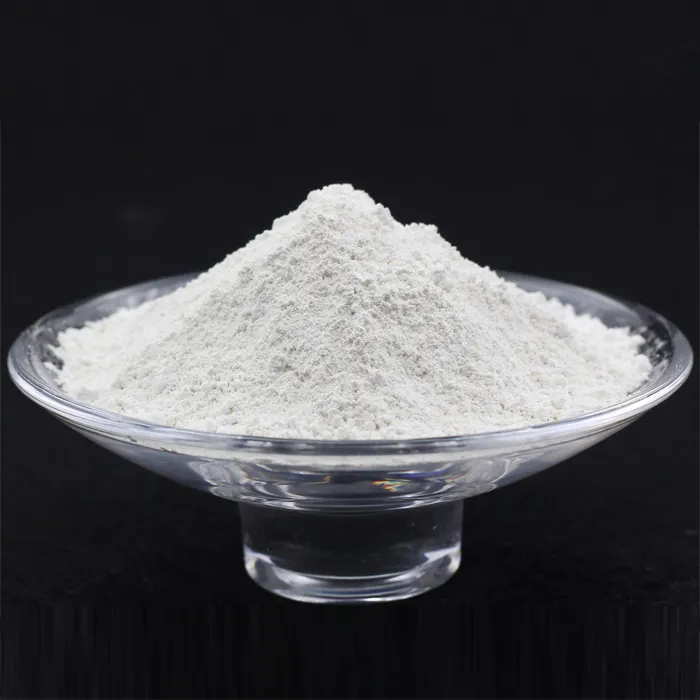The Role of Oxidizers in Water Treatment
Water is an essential resource for life, and its quality is paramount to human health and the environment. As global populations grow and industrial activities increase, the demand for effective water treatment solutions has never been higher. One of the key players in modern water treatment processes is the group of chemicals known as oxidizers. This article explores the role of oxidizers in water treatment, their advantages, types, and considerations for their use.
Understanding Oxidizers
Oxidizers are substances that facilitate the process of oxidation, whereby electrons are removed from molecules. In the context of water treatment, oxidizers react with impurities found in water, such as organic compounds, bacteria, and inorganic pollutants, leading to their breakdown or removal. The use of oxidizers not only helps in purifying water but also enhances its overall quality.
Common Oxidizers Used in Water Treatment
Several oxidizing agents are commonly employed in water treatment facilities
1. Chlorine One of the most widely used disinfectants, chlorine is effective in eliminating bacteria and viruses. It can also oxidize certain inorganic contaminants, such as iron and manganese.
2. Ozone (O3) Ozone is a powerful oxidizing agent that can effectively kill bacteria and break down organic pollutants. Its advantage lies in its ability to decompose back into oxygen, leaving no harmful residues. However, generating ozone requires specialized equipment, which can lead to higher initial costs.
3. Hydrogen Peroxide (H2O2) This oxidizer is effective for both disinfection and the treatment of certain organic compounds. It decomposes into water and oxygen, making it an environmentally friendly choice.
4. Potassium Permanganate (KMnO4) This strong oxidizer is often used for treating iron and manganese levels in water as well as for controlling taste and odor issues.
Benefits of Using Oxidizers
The inclusion of oxidizers in water treatment processes brings a multitude of benefits
oxidizer water treatment

- Effective Disinfection Oxidizers are highly effective at killing microorganisms, thereby reducing the risk of waterborne diseases.
- Breakdown of Contaminants They help in the breakdown of complex organic molecules, making it easier to remove harmful pollutants from water.
- Improved Taste and Odor Oxidation can neutralize compounds that contribute to undesirable tastes and smells in drinking water.
- Remediation of Inorganic Contaminants Oxidizers can facilitate the removal of metals and other inorganic substances, improving water quality and safety.
Considerations and Challenges
Despite their many advantages, the use of oxidizers in water treatment comes with certain considerations
- Toxicity Some oxidizers, such as chlorine, can produce harmful byproducts when they react with organic matter present in water. These byproducts, like trihalomethanes (THMs), have been linked to health risks.
- Control and Monitoring The use of oxidizers requires careful monitoring and control to ensure that the correct dosages are applied, as excessive use can lead to water safety issues.
- Equipment and Costs The implementation of oxidizer-based treatment systems often involves significant infrastructure investments. Facilities may require specialized equipment for storage and handling, particularly for gaseous oxidizers like ozone.
Conclusion
Oxidizers play a critical role in water treatment, offering various benefits such as effective disinfection, the breakdown of contaminants, and improved water quality. As water scarcity and contamination become pressing global issues, the demand for innovative and effective water treatment solutions will continue to rise. Understanding the capabilities and limitations of oxidizers is essential for water treatment professionals seeking to develop safe, reliable, and sustainable treatment processes. The integration of oxidizers into water treatment not only enhances the quality of drinking water but also contributes to a healthier environment, making it a vital component of modern water management strategies.

